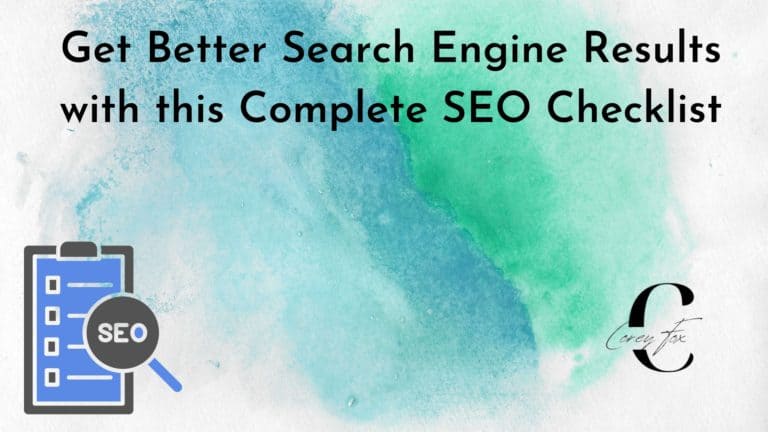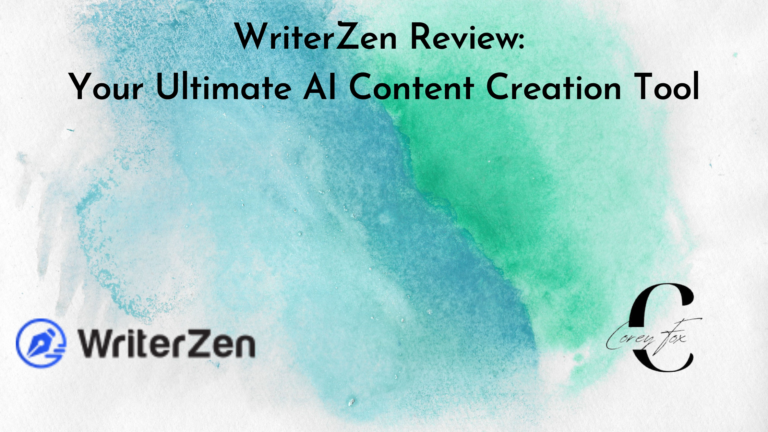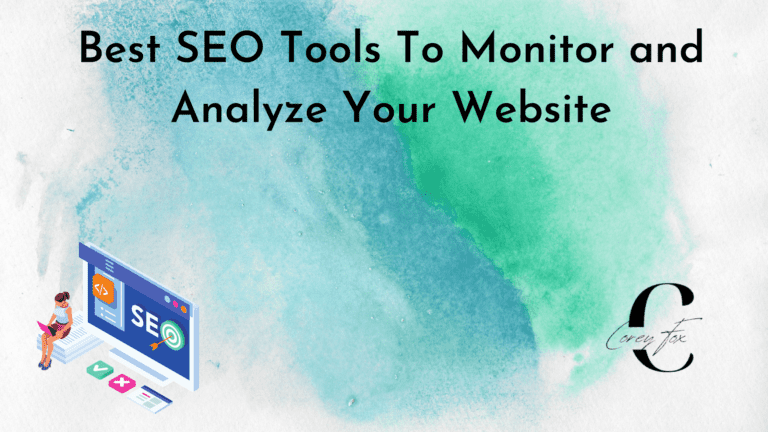On-Page SEO Best Practices for Boosting Search Rankings
Last Updated on October 3, 2023 by Corey Fox
Search engine optimization (SEO) is an essential element of digital marketing. It is the process of improving the visibility and ranking of a website on the search engine results pages (SERP). The goal of SEO is to make it easier for search engines to understand the content of a website, thereby improving its ranking for relevant queries. There are two main types of SEO: On-Page SEO and Off-Page SEO.
In this blog post, I will focus on On-Page SEO and its best practices for boosting search rankings.
What is On-Page SEO?
On-Page SEO refers to the optimization of individual web pages on a website in order to rank higher in the search engine results page and attract more relevant traffic.
This involves optimizing various elements of the website such as content, HTML source code, and images to make it more appealing to both users and search engines.
On-Page SEO is different from Off-Page SEO, which involves optimizing external factors such as backlinks and social media activity.
On-Page SEO Best Practices
Conduct Keyword Research

Keyword research is one of the most important and foundational aspects of On-Page SEO.
It involves identifying the keywords and phrases that users are searching for in relation to your business, products, or services.
Keyword research helps you understand what users are looking for, what language they use, and how they search for the products and services you offer.
By identifying these keywords, you can optimize your website to better match user intent, increase your website’s visibility in search results, and ultimately drive more relevant traffic to your website.
When conducting keyword research, it is important to aim for keywords that are relevant to your business and have a high search volume.
High search volume means that many people are searching for those keywords, which means that there is significant potential for organic traffic to your own website if you can rank well for those keywords.
However, it is also important to consider the level of competition for those keywords. If there are many other websites already ranking well for those keywords, it may be difficult for your website to rank highly for those keywords as well. Therefore, it is also important to aim for keywords with low competition.
Keyword research can be conducted using various SEO tools, such as Google Keyword Planner, Ahrefs, SEMrush, and others.
These tools can help you identify keywords and phrases that are relevant to your business and have a high search volume. Additionally, these tools can provide insights into the level of competition for those keywords, as well as related keywords that you may not have considered.
Once you have identified your target keywords, it is important to incorporate them into your website content, page URLs, and meta tags.
Content that includes your target keywords in a natural way can help search engines understand the relevance and context of your website.
URLs that include relevant keywords can help search engines and users better understand the content of the page.
Meta tags, including the meta title and meta description, can help search engines and users understand the topic of the page and decide whether or not to click through to your website.
However, it is important to remember that keyword stuffing, or overusing keywords in an attempt to manipulate search engine rankings, is not a recommended practice.
Search engines can recognize when content is overstuffed with keywords, and it can actually hurt your website’s ranking rather than improve it. Instead, aim for natural and relevant incorporation of your target keywords in your content, URLs, and meta tags.
Overall, keyword research is an important foundation of On-Page SEO. By identifying relevant and high-traffic keywords, and incorporating them into your website in a natural way, you can improve your website’s visibility and search engine ranking, ultimately driving more traffic to your website.
Optimize Title Tags
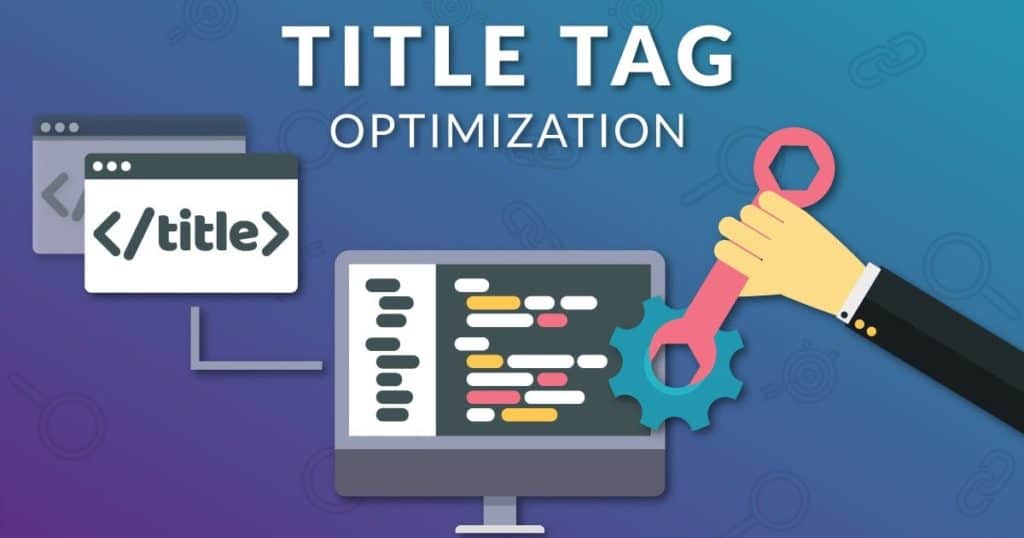
The title tag is a critical element of On-Page SEO. It is an HTML element that defines the title of a web page and is displayed as the main headline on the search engine results page.
The title tag is the first thing that users see when they come across your website in search results, and it is essential to optimize it to include your target keyword and make it as attractive as possible to users.
One of the primary purposes of the title tag is to inform search engines and users about the content of the page. It is the first element that search engines crawl when indexing a website, and it provides important context for the page.
Therefore, it is crucial to include your target keyword in the title tag to help search engines understand the relevance and context of your page.
However, it is also important to avoid keyword stuffing and aim for a natural and readable title that accurately represents the content of the page.
In addition to being relevant and keyword optimized, the title tag should also be engaging and attractive to users.
The title tag is often the first point of contact that users have with your website, and it can impact whether or not they decide to click through to your site. Therefore, the title tag should be descriptive, engaging, and relevant to the content of the page.
It should accurately describe the content of the page in a way that entices users to click through and explore the content further.
Another important consideration when optimizing the title tag is its length.
The title tag should be less than 60 characters in length to avoid being truncated in search results.
If the title tag is too long, search engines will cut it off, which can lead to a less attractive and less informative title. Therefore, it is important to aim for a concise and accurate title that accurately represents the content of the page while remaining within the character limit.
Finally, it is important to remember that each page on your website should have a unique and descriptive title tag.
This helps search engines and users understand the content of each page and can improve your website’s overall search engine ranking.
By incorporating your target keyword, making it engaging and relevant to the content of the page, keeping it within the character limit, and ensuring each page has a unique title tag, you can improve your website’s visibility and attract more relevant traffic to your site.
In summary, the title tag is an essential element of On-Page SEO. It provides critical context to search engines and users about the content of a page and is the first element that users see when they come across your website in search results.
By optimizing your title tag to include your target keyword, making it engaging and relevant to the content of the page, keeping it within the character limit, and ensuring each page has a unique title tag, you can improve your website’s visibility and search engine ranking, ultimately driving more relevant traffic to your website.
Write Compelling Meta Descriptions
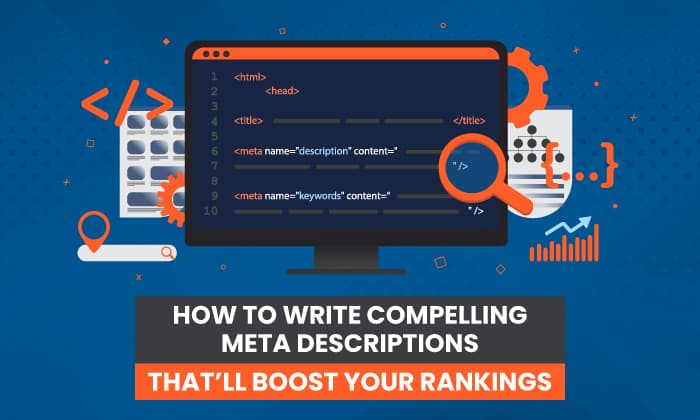
The meta description is another important element of On-Page SEO. It is a brief summary of the content of a web page that appears below the title tag in search results.
The meta description is a critical opportunity to provide a concise and compelling summary of what users can expect to find on the page.
It is an important element to optimize as it can impact click-through rates, which in turn can affect search engine rankings indirectly.
The primary purpose of the meta description is to provide additional context to search engines and users about the content of a page.
It does not have a direct impact on search engine rankings, but it can significantly influence click-through rates.
Well-crafted meta descriptions can encourage users to click through to your website, which can increase traffic and potentially improve your website’s search engine ranking over time.
Therefore, it is crucial to make your meta descriptions as engaging as possible while also incorporating your target keyword.
When writing your meta descriptions, aim to provide a concise and compelling summary of the content of the page.
Your meta descriptions should be precise and relevant to the content of your page. They must give users a clear idea of what they’ll find when they click through and incite them to explore further.
Make sure you craft accurate, interesting, and pertinent metadata that accurately reflects the gist of your content.
Keep in mind that search engines often display only the first 155 characters of the meta description, so it is essential to make those characters count.
Incorporating your target keyword into the meta descriptions can also be beneficial for SEO purposes.
While it does not have a direct impact on search engine rankings, including your target keyword in the meta descriptions can provide additional context to search engines and help them understand the relevance of your page to a particular search query.
However, it is essential to avoid keyword stuffing and aim for a natural and readable meta-description that accurately represents the content of the page.
In summary, meta descriptions are a critical element of On-Page SEO. It provides additional context to search engines and users about the content of a page and can significantly impact click-through rates.
By crafting a concise and engaging meta description that accurately represents the content of the page, incorporating your target keyword, and keeping it under 155 characters in length, you can improve the visibility and click-through rates of your website, which can have a positive impact on search engine rankings over time.
Use Header Tags
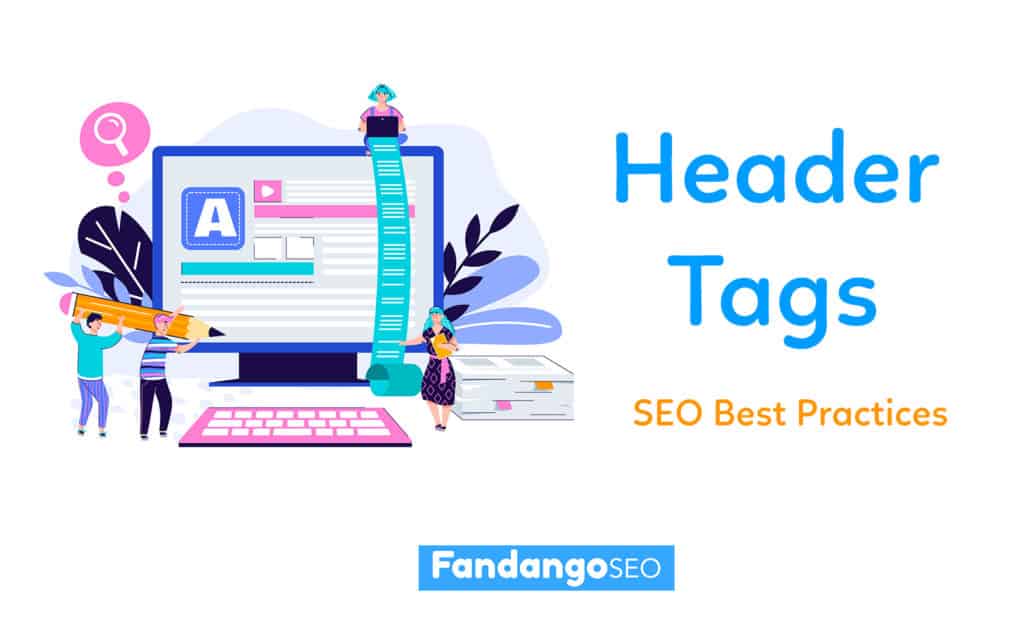
Header tags are HTML tags that define the headings and subheadings of a web page. They are an essential element of On-Page SEO because they structure the content of the page, making it easier to read for both users and search engines.
Header tags can help search engines understand the hierarchy and organization of the content on the page, which can ultimately impact search engine rankings.
The most important header tag is the H1 tag, which should be used to define the main heading of the page.
The H1 tag serves as the primary headline of the page and should be concise, descriptive, and incorporate your target keyword.
The H1 tag provides users with a clear understanding of the topic of the page, and search engines use it to understand the primary focus of the content.
Other header tags, such as H2, H3, and H4, can be used to define subheadings and further structure the content of the page.
Using subheadings can make the content more readable and scannable for users, and can also help search engines understand the organization of the content.
Like the H1 tag, header tags should also incorporate your target keyword where appropriate.
When using header tags, it is important to use them in a logical and organized manner.
The H1 tag should only be used once on the page and should define the main topic of the page.
H2 tags should be used to define subtopics and should be organized in a hierarchical manner.
H3 and H4 tags can be used to further structure the content but should be used sparingly and only where appropriate.
In summary, header tags are an essential element of On-Page SEO. They structure the content of the page, making it easier to read for both users and search engines, and can ultimately impact search engine rankings.
The H1 tag should be used to define the main heading of the page and should incorporate your target keyword. Other header tags, such as H2, H3, and H4, can be used to further structure the content and should also incorporate your target keyword where appropriate.
By using header tags in a logical and organized manner, you can improve the readability and organization of your content, which can have a positive impact on search engine rankings over time.
Optimize Image Alt Text
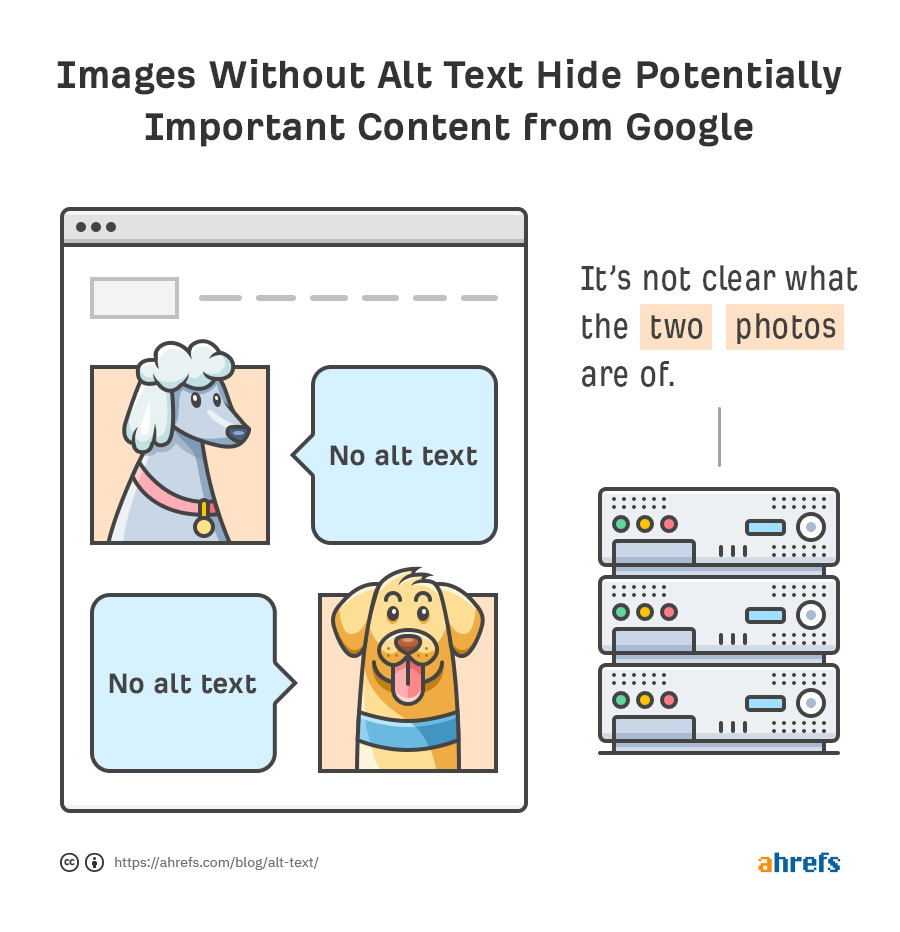
Images are a vital component of website content. They add visual interest to the page and can help to break up long blocks of text.
However, search engines cannot read images, so it is essential to optimize them in order to make them understandable to search engines. This is where alt text comes in.
Alt text, also known as alternative text or alt tags, is a brief description of an image that appears when the image fails to load. Alt text provides a textual description of the image, which is essential for visually-impaired users who rely on screen readers to navigate the web.
In addition to its benefits for accessibility, alt text also provides an opportunity to include relevant keywords on the page. When optimizing images for SEO, it is important to incorporate your target keyword into the alt text of the image, where appropriate.
This can help search engines understand the content of the image and its relevance to the overall page content.
However, it is important to note that alt text should never be used to stuff keywords or manipulate search rankings.
The primary purpose of alt text is to provide a descriptive summary of the image, so it should always be written with the user in mind. The alt text should accurately describe the content of the image in a way that is both relevant and useful to the user.
When writing alt text, it is important to keep it concise and descriptive. Aim to provide a brief summary of the content of the image in a way that is both accurate and informative. Alt text should also be unique for each image on the page, rather than using the same alt text for multiple images.
In summary, images are an important element of the website content, but search engines cannot read them. To help search engines understand the content of images, it is essential to optimize the alt text of the image.
To maximize the SEO of your website’s images and create a more enjoyable experience for all viewers, be sure to craft descriptive Alt text that includes applicable keywords. Doing so will abide by best practices while providing an enhanced user journey.
Write High Quality Content

Content is the most important element of On-Page SEO. It is the backbone of your website and the primary way to communicate with your audience. When it comes to content, quality is key. You want to write high-quality content that provides value to your target audience.
One of the most important aspects of content is incorporating your target keywords in a natural way. This means not stuffing your content with keywords, but instead using them in a way that is relevant to the content and provides value to the user.
Keyword stuffing can result in penalties from search engines, so it is important to be careful and strategic when incorporating keywords into your content.
In addition to incorporating keywords, your content should be well-written, engaging, and informative. It should be structured in a way that is easy to read and understand, with short paragraphs, bullet points, and subheadings.
This makes it easier for users to read and navigate your content, which can improve user experience and increase the time they spend on your site.
When writing content, it is important to prioritize user experience. Your content should provide value to your target audience and answer their questions or solve their problems. This means writing for your audience, not for search engines. By providing high-quality, appropriate content, you can build trust with your audience and establish your expertise in your field.
Another important aspect of content is length. Long-form content tends to perform better in search results because it provides more value to users.
When you write longer content, you have more opportunities to incorporate your target keywords, provide in-depth information, and answer user questions. This can help you rank higher in search results and provide more value to your audience.
To sum up, content is the core factor of On-Page SEO. It must boast superior quality, be pertinent to your message and include target keywords seamlessly woven into it. Additionally, for maximum effectiveness, your written pieces should be captivating yet concise with bullet points and subheadings making them easy to digest.
Prioritizing user experience and writing long-form content can help you rank higher in search results and provide more value to your audience. By following these best practices, you can improve the On-Page SEO of your website and provide a better user experience for your audience.
Include Internal and External Links

Link building is an important aspect of On-Page SEO as it helps to establish the authority and credibility of your website. There are two types of links that you can incorporate into your content: internal links and external links.
Internal links are links from one page on your website to another page on your website. These links help to establish the hierarchy and structure of your website and also help search engines understand the context of your content.
For example, if you have a blog post that mentions a specific product or service, you can link to a page on your website that provides more information about that product or service. This not only helps users find more information about what they are interested in but also helps search engines understand the relevance and context of the content.
Internal links can also help to distribute link equity throughout your website. Link equity refers to the authority that a page has and can be passed from one page to another through internal links. By linking to pages on your website with high link equity, you can help to boost the rankings of other pages on your website.
External links, on the other hand, are links from your website to other websites. These links help to establish your website’s credibility and authority by linking to high-quality content.
For example, if you have a blog post that mentions a study or statistics, you can link to the original source of that information. This not only provides more value to users by giving them access to more information but also helps search engines understand the relevance and context of the content.
When incorporating links into your content, it is important to use descriptive anchor text. Anchor text is the clickable text that appears in a hyperlink.
By using descriptive anchor text that incorporates your target keyword, you can help search engines understand the context of the linked content and also improve the user experience by providing more information about the linked content.
It is also important to keep the number of links on a page to a reasonable amount. Too many links on a page can dilute the link equity and make it difficult for search engines to understand the hierarchy and structure of your website.
Aim to keep the number of links on a page to a reasonable amount, and make sure that the links are relevant and add value to the content.
In addition to internal and external links, it is also important to incorporate social sharing buttons into your content. Social sharing buttons make it easy for users to share your content on social media, which can help to increase the visibility and reach of your content. This can lead to more traffic to your website and also help to establish your website’s authority and credibility.
Overall, link building is an important aspect of On-Page SEO that can help to establish the authority and credibility of your website.
By incorporating both internal and external links into your content, using descriptive anchor text, and keeping the number of links to a reasonable amount, you can help search engines understand the context of your content and improve the user experience.
Use Responsive Design
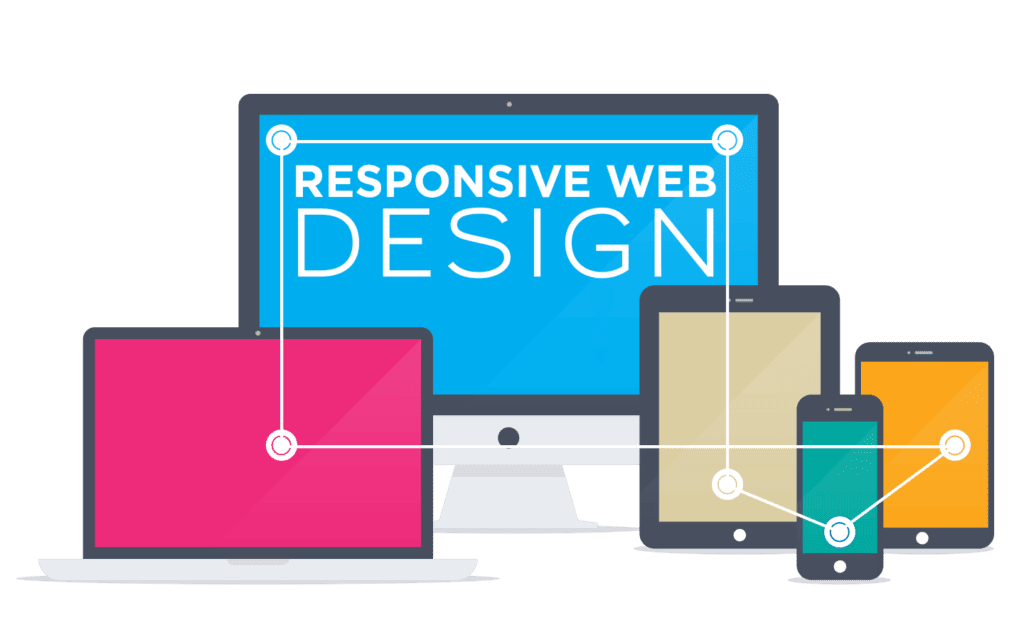
As the number of mobile users continues to increase, search engines like Google have shifted their focus to mobile-first indexing. This means that search engine bots prioritize indexing mobile versions of websites over desktop versions.
Therefore, it is essential to use responsive design for your website to ensure that it is optimized for all devices, including desktops, tablets, and mobile devices.
Responsive design involves creating a flexible layout that can adjust to different screen sizes, which is typically achieved using CSS media queries.
This means that the same website design is displayed across all devices, but the layout adjusts according to the device’s screen size. This not only improves the user experience but also helps your website rank higher in search results.
In addition to a flexible layout, it is essential to use images and videos that are optimized for all devices. This involves using high-quality images and videos that load quickly and don’t slow down the page load times. Large images and videos can cause slow load times, which can negatively impact user experience and search rankings.
Improve Page Load Times
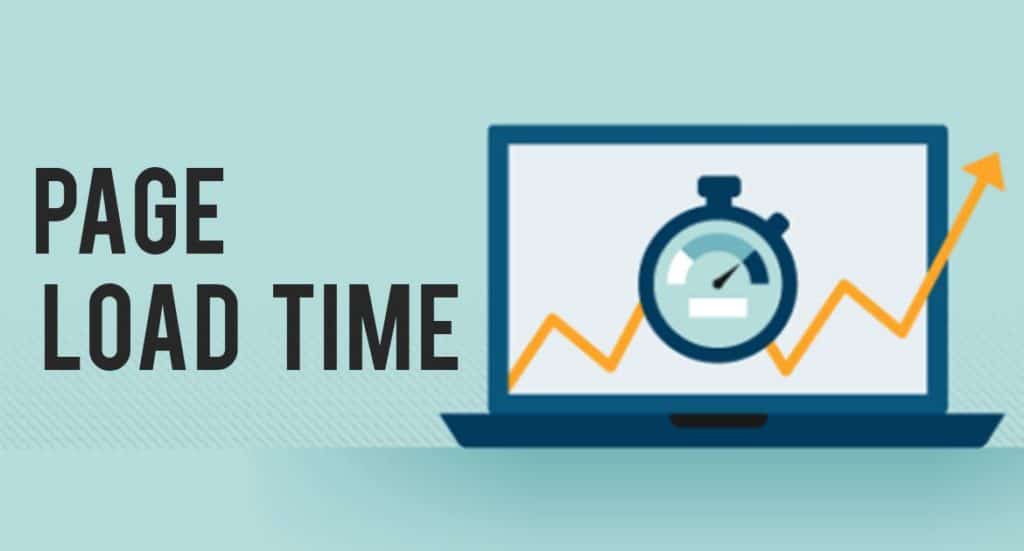
Page load times can have a significant impact on both user experience and search engine rankings. According to a report by Google, a delay of just one second in page load times can result in a 7% reduction in conversions. Furthermore, search engines like Google have indicated that page load times are a ranking factor in their search algorithms.
To improve page load times, you should optimize your images and videos. Large images and videos can slow down page load times significantly, so it’s important to compress them and use appropriate file formats. You can use tools like Adobe Photoshop or online tools like TinyPNG to compress your images without sacrificing quality.
Another way to improve page load times is to use a content delivery network (CDN) like Cloudflare. A CDN is a network of servers that are distributed across different geographic locations. When a user visits your website, the CDN delivers the content from the server that is closest to the user, reducing the time it takes for the content to load.
You can also minimize HTTP requests to improve page load times. HTTP requests are made every time a user requests a resource, such as an image or a stylesheet, from your server. The more HTTP requests your website makes, the longer it takes to load. You can minimize HTTP requests by combining multiple files into one and minimizing the use of external scripts.
You can use tools like Google PageSpeed Insights or GTMetrix to check your website’s page load times and identify areas that need improvement. This tool analyzes your website’s performance and provides suggestions on how to improve page load times.
Some of the suggestions provided by PageSpeed Insights include optimizing images, minimizing HTTP requests, and leveraging browser caching.
In addition to the technical aspects of page load times, it’s also important to consider the user experience.
For example, you can use lazy loading to defer the loading of images until they are actually needed. This can improve the initial load time of your page and improve the user experience.
Overall, improving page load times can have a significant impact on both user experience and search engine rankings.
By optimizing your images and videos, using a content delivery network, minimizing HTTP requests, and using tools like Google PageSpeed Insights, you can improve your website’s page load time and improve your search rankings.
Optimize URLs
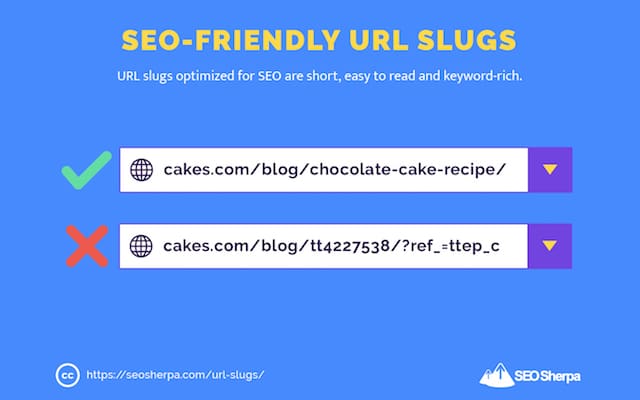
URLs are a critical component of on-page SEO, as they provide a clear and concise description of the page’s content to search engines and users. A well-structured URL can also help improve the page’s visibility and click-through rate.
Therefore, optimizing your URLs is essential for your website’s success in search results.
The first step in optimizing your URLs is to make them descriptive and easy to read. Users and search engines should be able to quickly understand what the page is about based on the URL alone. A descriptive URL can also help users to remember and revisit the page.
Therefore, it’s important to use relevant and descriptive words that accurately describe the content of the page.
In addition, it’s important to include your target keyword in the URL. This can help search engines understand the content of the page and can also help improve your page’s relevance for the keyword. However, it’s important not to overuse keywords in the URL, as this can be seen as spammy and negatively impact the page’s rankings.
It’s also important to keep URLs short and to the point. Long, complex URLs can be confusing and difficult to remember. A concise URL that accurately describes the page’s content can help users and search engines easily understand what the page is about.
Finally, it’s important to use hyphens to separate words in the URL. This makes the URL easier to read and understand, and also helps search engines to accurately interpret the words in the URL. On the other hand, using underscores in URLs can cause search engines to interpret the words as a single long word, which can negatively impact the page’s rankings.
Overall, optimizing your URLs is an essential aspect of on-page SEO.
By using descriptive words, including your target keyword, keeping URLs short, and using hyphens to separate words, you can improve your website’s visibility and click-through rate in search results.
Conclusion
On-Page SEO is a crucial component of a successful SEO strategy. It involves optimizing various elements of your website to improve its visibility and ranking in search engine results.
By following the best practices outlined in this post, you can ensure that your website is well-optimized for search engines and provides a positive user experience.
Remember to prioritize user experience and provide high-quality, relevant content that addresses the needs and interests of your target audience.
By doing so, you can improve your website’s search rankings and drive more relevant traffic to your website.


